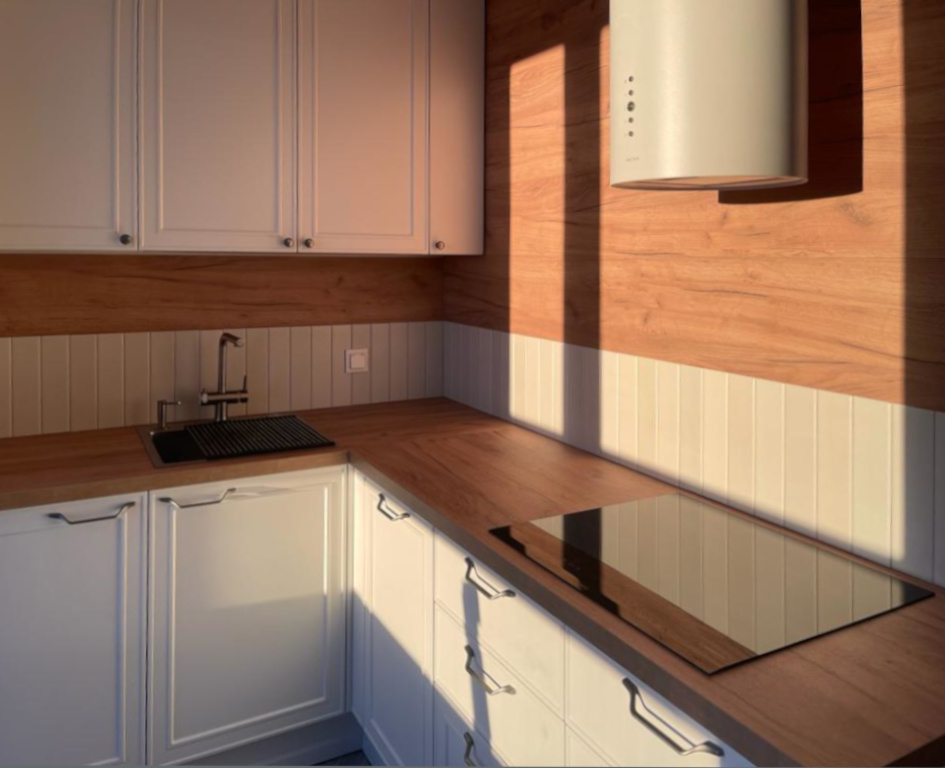
Culinary Spaces Elevated: Innovate
The Rise of High-End Culinary Spaces
In the world of gastronomy, innovation doesn’t just end at the edge of a plate. The spaces where culinary magic happens are undergoing transformation, merging state-of-the-art technology with elegant design to create kitchens that are both functional and artistic. High-end culinary spaces are not just about cooking; they are about experiences, where every detail contributes to the creative process of the chef and the sensory enjoyment of the diner.
Technology Meets Tradition
Modern culinary spaces are increasingly becoming a symphony of high-tech equipment and timeless traditions. Smart appliances that can be controlled via smartphone or voice are making precision cooking easier and more accessible. Simultaneously, traditional methods like wood-fired ovens or fermentation processes are being integrated to honor age-old culinary customs, offering the best of both worlds.
Design for the Senses
A well-designed culinary space does more than just cater to the functional aspects of cooking—it also enhances the overall sensory experience. Lighting, for instance, is used strategically to set the mood and showcase the food, whereas optimized acoustics ensure that the sounds of sizzling or chopping don’t disrupt the dining atmosphere. Even the choice of materials, from natural stones to sleek metals, plays a part in how a high-end culinary space feels to the touch and reflects its aesthetic philosophy.
Sustainability-Forward Areas
As awareness of environmental impact grows, sustainability has become a vital component of innovation in culinary spaces. This entails using eco-friendly materials, energy-efficient appliances, and designing waste-reduction systems. Furthermore, the sourcing of local and organic ingredients is often a hallmark of a culinary space’s commitment to sustainability, ensuring that the highest quality produce is used with the least environmental footprint.
Socially Engaging Layouts
With the lines between kitchen and dining area becoming increasingly blurred, today's culinary spaces are designed to be socially engaging. Open-plan kitchens allow guests to watch the culinary artistry up close, fostering a sense of connection between the chef and the diner. Interactive elements such as chef’s tables or cooking workshops can turn these spaces into arenas of gastronomic discovery and collective participation.
Personalized Culinary Experiences
In a world where personalization is key, high-end culinary spaces are emphasizing bespoke experiences tailored to individual preferences. This could mean a custom-designed menu for a special occasion or the ability for diners to have a more hands-on approach in selecting and preparing ingredients. The personal touch extends to the service as well, with an emphasis on understanding and catering to the unique tastes and dietary requirements of each guest.
Conclusion: The Future of Culinary Spaces
The future of culinary spaces combines cutting-edge technology, thoughtful design, sustainable practices, and personalized experiences. By prioritizing both functionality and aesthetics, these spaces are elevated beyond mere cooking areas—they become hubs of innovation, reflecting the evolving tastes and values of society. The culinary space of tomorrow is not just a place to eat; it's a place to connect, learn, and be inspired by the art and science of food.
``` Please note that the provided HTML text is a section of an entire HTML document and should be placed within the body element of a full HTML structure to display properly in a web browser.